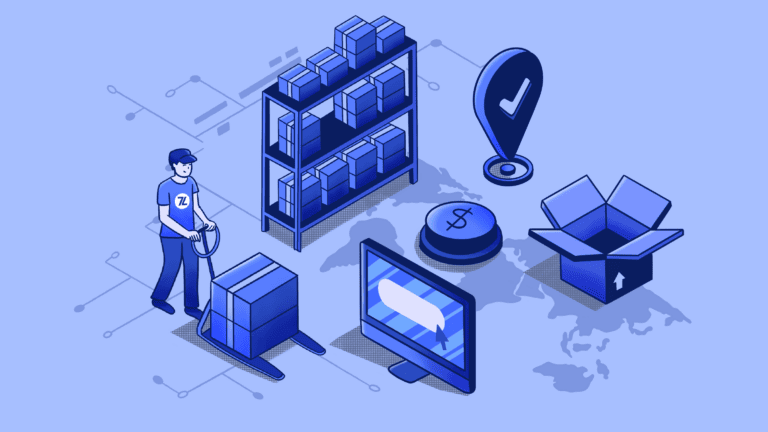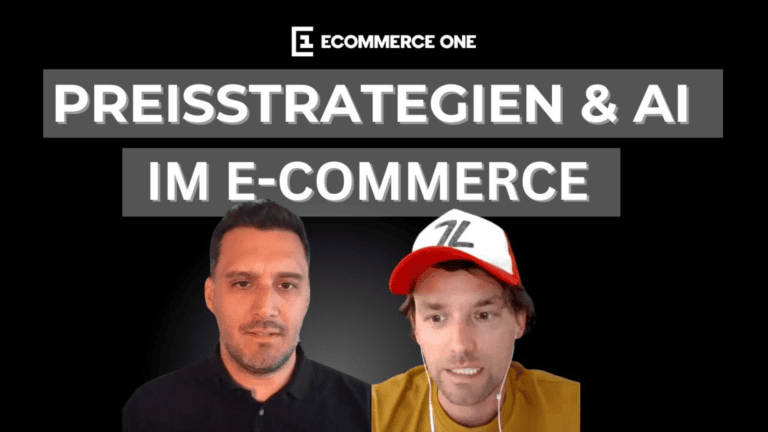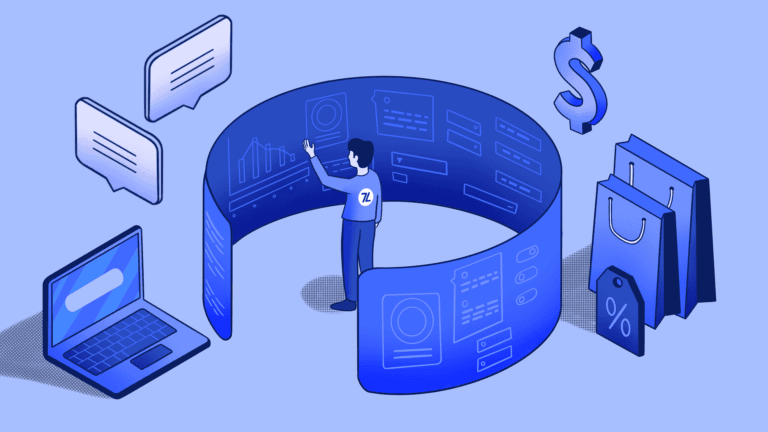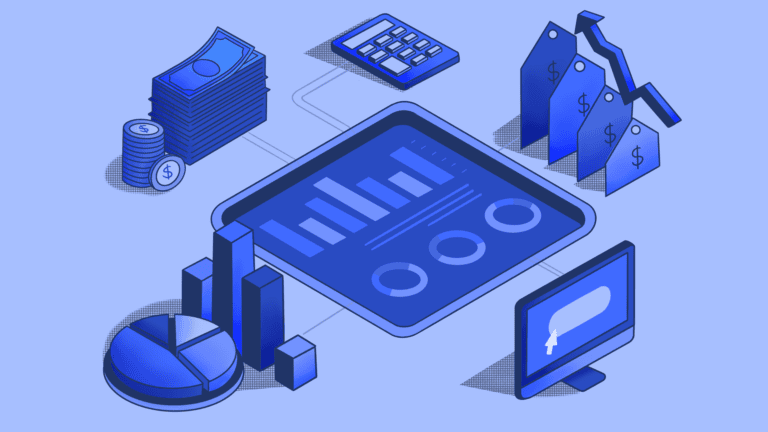Persistent inflation is having a destructive effect on the UK economy, leading to a slump in consumer spending. However, it is possible for UK retailers to meet the challenges posed by inflation in a way that retains customers and drives profitable growth; the answer lies in predictive pricing.
UK inflation remains high in 2023
According to the Governor of the Bank of England, Andrew Bailey, the UK continues to experience a period of high inflation, which is taking “a lot longer” to come down than many had hoped. This challenging economic environment is continuing to cause a headache for UK-based retailers, with a slump in consumer spending leading to weak retail figures.
Sales volumes are continuing to fall across both food and non-food items, and habits are beginning to shift as consumers adapt to a new economic reality. To stay ahead of the curve and retain their business, retailers must be able to forecast the results of their pricing and inventory adjustments and make informed, optimised decisions.

What UK retail experts are saying about inflation
Some of the leading experts on UK retail have been giving their opinion on the current rate of inflation and how it is impacting business activities. Here’s what they had to say:
“We still think the rate of inflation is going to come down, but its taking a lot longer than expected.” Andrew Bailey, Governor, Bank of England
“Rising prices for air travel, recreational and cultural goods and services, and second-hand cars resulted in the largest upward contributions to the monthly change in both the CPIH and CPI annual rates,” the Office of National Statistics said.
“Consumer demand has so far been fairly resilient to the twin drags of high inflation and high interest rates, but as government energy support comes to an end for many, savings start to dwindle and other household bills rise, it is likely that the next few months will continue to be challenging as the consumer tank empties,” Paul Martin, the UK head of retail at KPMG
With inflationary pressures causing such concern, retailers need to be able to adjust prices in a way that maintains or increases profitability without causing customer harm or distrust. To do this, the ability to forecast results of pricing changes, also known as predictive pricing, is key.
What is predictive pricing?
Predictive pricing represents the next generation of price optimisation for retailers. It involves the use of cutting-edge machine learning applications to analyse both internal and external data sources to calculate price elasticity, measuring how demand will change as a result of changes in the general conditions. With these results, retailers can then optimise their prices accordingly to achieve specific business objectives (e.g. maximising revenues, stock sell-off, etc.)
With predictive pricing, retailers benefit from:
- Analysis of relevant internal & external historic factors
- Forecasted pricing impacts
- Price recommendations based on optimisation
Predictive pricing is an evolution from the archaic rule-based pricing system that many retailers still utlilse today, where prices are set and adjusted according to pre-defined and rigid rules (a common one being to match competitor prices). Rule-based pricing is somewhat of a blunt instrument, and cannot provide the same level of granular detail needed in times of high inflation when compared with AI-powered predictive pricing.

How predictive pricing can help beat UK inflation
Predictive pricing can be beneficial for UK retailers in the context of inflation by allowing them to respond quickly to changes in market conditions, forecast the effects of price and stock adjustments, and optimise their prices accordingly. The main benefits of predictive pricing for fighting inflation include:
Accurate forecasting
By leveraging cutting-edge machine learning technology, predictive pricing enables retailers to accurately forecast the effects of price changes, and optimise their approach accordingly. Retailers that use predictive pricing are able to establish the price elasticity of the products to a much higher degree of certainty than those using more traditional methods, such as rule-based pricing.
Granular pricing and promotion
Implementing broad-stroke price increases is a guaranteed way to erode consumer trust, and will not necessarily deliver the intended results in profit increase. By adjusting prices on a micro level, down to product segment, retailers can account for both margin performance and consumers’ willingness to pay. Additionally, certain promotions can be optimised to increase profits without having to raise prices. This surgical approach enables retailers to emerge with both revenues and customer loyalty intact.
Continuous improvement
As predictive pricing software uses machine learning, it is constantly optimising its performance based on new information. Changes in performance are quickly detected, and price recommendations are adjusted accordingly. As the rate of inflation in the UK continues to change rapidly, the ability to react to these fluctuations in real-time is invaluable.
Increased profitability
Naturally, the improved forecasting abilities offered by predictive pricing lead to an increase in profitability. A/B testing shows an average profit increase of 10% when compared to traditional rule-based pricing.
Customer retention
Nobody likes to pay higher prices, and broad-stroke increases to stock are likely to incur some consumer backlash. Predictive pricing enables UK retailers to establish the price elasticity of their products with surgical precision, ensuring that prices can be adjusted without affecting customer satisfaction and retention levels.
Read on: Why you need to think about optimization – not just automation – when it comes to retail pricing
Did you know?
On average, a 1% improvement in pricing drives a 6% increase in profits.
7Learnings predictive pricing helps to optimise for inflation
With the 7Learnings predictive pricing solution, optimisation and automation go hand-in-hand. UK retailers using predictive pricing can significantly reduce application configuration and monitoring efforts, incorporate more factors into calculating optimal prices, and determine valid forecasts for various events.
As a result, 7Learnings enables UK retailers to achieve their business objectives in the current inflationary environment. By forecasting and optimising prices based on a pool of internal and external data, retailers can maximise revenue and profitability, balance supply and demand, limit price discrimination, seize strategic opportunities, and maintain competitiveness in a dynamic marketplace.



